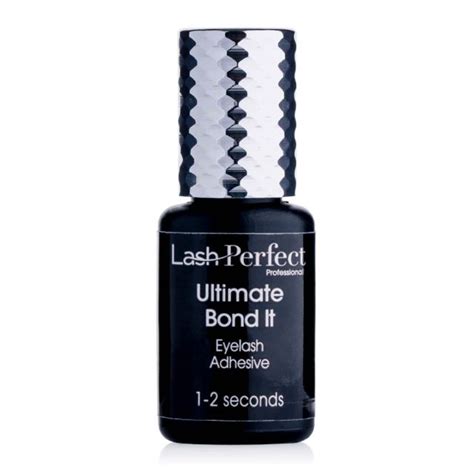Introduction
Hair extensions have become increasingly popular in recent years, offering a quick and easy way to transform one’s appearance. However, choosing the right adhesive is crucial for ensuring a secure and long-lasting bond. In this comprehensive guide, we delve into the world of glue for extensions, exploring different types, application techniques, and troubleshooting tips.

Types of Glue for Extensions
There are two main types of glue used for hair extensions:
- Keratin Glue: Made from a natural protein found in hair, keratin glue is heated and applied directly to the hair strands. It forms a strong bond that can last up to several months.
- Cyanoacrylate Glue: Also known as super glue, cyanoacrylate is a fast-acting adhesive that creates a quick and strong hold. However, it is important to note that cyanoacrylate glue can be harsh on the hair and can cause damage if not applied correctly.
Application Techniques
Applying glue for extensions requires precision and attention to detail. Here are the steps involved in the two main application methods:
Keratin Glue Application
- Section off the hair where the extensions will be applied.
- Apply a small bead of keratin glue to the tip of a hair strand.
- Heat the glue with a hot iron or glue gun to activate it.
- Roll the glue-tipped hair strand around the weft of the extension.
- Press the joint firmly together for several seconds.
Cyanoacrylate Glue Application
- Section off the hair where the extensions will be applied.
- Apply a thin layer of cyanoacrylate glue to the base of the extension weft.
- Place the weft onto the hair and press it firmly into place.
- Hold the joint together for 30-60 seconds until the glue has cured.
Troubleshooting Tips
While glue for extensions can provide a secure bond, it is not without its challenges. Here are a few common issues and how to resolve them:
- Glue clumping: If the glue becomes clumpy or gooey, add a few drops of acetone or nail polish remover to thin it out.
- Bond not holding: If the bond between the hair and the extension is not strong enough, reapply glue or use a stronger adhesive.
- Hair damage: Cyanoacrylate glue can be harsh on the hair, so use it sparingly and avoid applying it directly to the scalp.
- Allergic reactions: Some individuals may be allergic to the chemicals in glue for extensions. Conduct a patch test before using any product.
Enhancing the Bond
In addition to proper application techniques, there are several tips and tricks to further enhance the bond between glue and extensions:
- Prepare the hair: Wash the hair thoroughly before applying extensions to remove any dirt or oils that can weaken the bond.
- Use a primer: Apply a primer to the hair before gluing the extensions to create a better surface for the adhesive to adhere to.
- Clamp the joint: Use extension clamps to hold the joint together while the glue dries. This will ensure a secure bond.
- Avoid heat: High temperatures can weaken the glue, so avoid using heat styling tools near the extension attachments.
Innovative Applications
Beyond traditional hair extensions, glue can also be used for a variety of innovative applications:
- Beard extensions: Glue can be used to attach beard extensions to the face, creating a fuller and more defined beard.
- Eyelash extensions: Glue is essential for applying individual eyelash extensions to enhance the length and volume of natural eyelashes.
- Lace wigs: Glue is used to secure lace wigs to the head for a seamless and natural look.
Market Trends and Statistics
The market for glue for extensions is growing rapidly, with increasing demand for non-damaging and long-lasting adhesives. According to a report by Research and Markets, the global hair extension glue market is expected to reach $1.2 billion by 2026.
- Growing popularity of hair extensions: Hair extensions are gaining popularity due to their ability to transform one’s appearance instantly.
- Shift towards non-damaging adhesives: Consumers are increasingly seeking glue that is gentle on the hair and does not cause damage.
- Rising demand for bespoke adhesives: Customization is becoming more prevalent in the hair extension industry, with companies developing adhesives tailored to specific hair types and requirements.
Conclusion
Glue for extensions is an essential tool for achieving a flawless and long-lasting bond. By understanding the different types, application techniques, and troubleshooting tips, you can ensure a secure and beautiful result. As the market continues to evolve, we can expect to see even more innovative applications for glue in the future.
